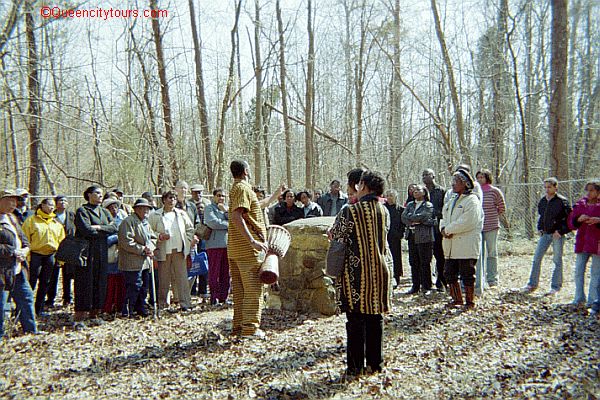
QCT Charlotte Pilgrimage Toursm Black History Month 2025 Feb. Travel Article

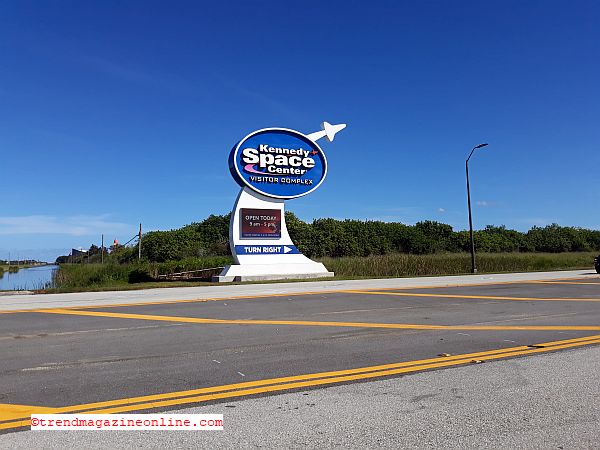 I came to learn of Mr. William E. (Bill) Gary via a Facebook 📱
post by Dr.
Marvin Dunn of Miami 🌴, Florida ☀️, who I consider a fellow History
Keeper 📜 like my late Aunt
Enid whose most high-profile achievement of preservation is the Historic
Hampton House 🏛️ in my hometown of Miami 🌆. I learned of Dr. Dunn via
my late first cousin Mr.
Kenneth Jerome Curtis, an avid photographer 📸 who captured some of Black
Miami’s 🏝️ history on film, including the Hampton House 🏨. That post
caught my attention because it featured shackles ⛓️ from the slavery era in the United
States 🇺🇸, which lasted 400 years from circa the 1500s to the 1800s.
Those shackles are on display in the Harry T. and Harriett V. Moore
Museum and Complex 🏛️, located in Mims 🏡, Florida 🌞, just
about 5 miles northwest of Titusville 🚀, home to the Kennedy
Space Center 🌌.
I came to learn of Mr. William E. (Bill) Gary via a Facebook 📱
post by Dr.
Marvin Dunn of Miami 🌴, Florida ☀️, who I consider a fellow History
Keeper 📜 like my late Aunt
Enid whose most high-profile achievement of preservation is the Historic
Hampton House 🏛️ in my hometown of Miami 🌆. I learned of Dr. Dunn via
my late first cousin Mr.
Kenneth Jerome Curtis, an avid photographer 📸 who captured some of Black
Miami’s 🏝️ history on film, including the Hampton House 🏨. That post
caught my attention because it featured shackles ⛓️ from the slavery era in the United
States 🇺🇸, which lasted 400 years from circa the 1500s to the 1800s.
Those shackles are on display in the Harry T. and Harriett V. Moore
Museum and Complex 🏛️, located in Mims 🏡, Florida 🌞, just
about 5 miles northwest of Titusville 🚀, home to the Kennedy
Space Center 🌌.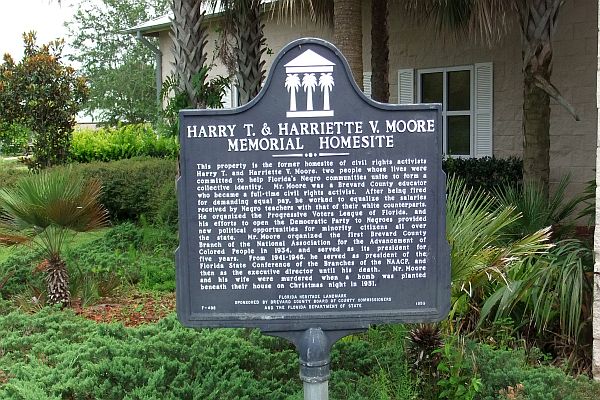 ♦Trend Magazine Online™ -- As President of the Harry T. & Harriette V. Moore Cultural Complex, what inspired you to take on this role, and what has been the most rewarding part of preserving their legacy?
♦Trend Magazine Online™ -- As President of the Harry T. & Harriette V. Moore Cultural Complex, what inspired you to take on this role, and what has been the most rewarding part of preserving their legacy?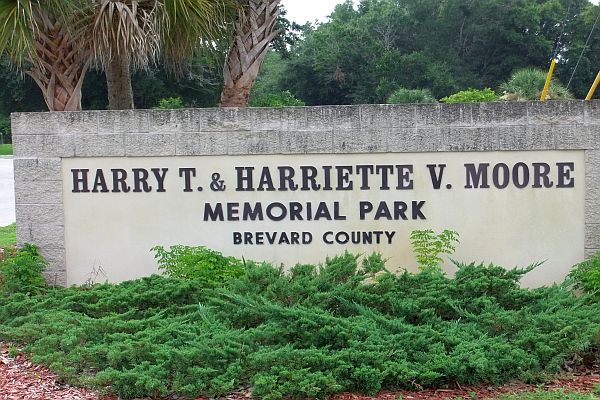 Mr. Gary -- The Moore Home Replica was the first amenity we added to the Moore Park grounds and it came about again unexpectedly but it was on my radar. I took over as president of the Moore Cultural Complex Board in 2005 and had developed good relationships with several local politicians including the County Commissioner (Truman Scarborough) who represented the North Brevard district and the one who was responsible for getting the funding to purchase the property where the old Moore homesite once stood. I received a call from him one Saturday morning telling me he could bring some funding to Moore Park if we wanted to build the Replica House, but I needed to go before the Board of County Commissioners to get it approved and he suggested I visit each commissioner and state my case before the commission voted on the matter. I took time off work several afternoons over the next two weeks to meet with the various commissioners and present my case for funding to build the replica house. I also met with a local state legislator (Bob Allen) whom I had a relationship with to request additional funding for the house construction. Since there was no existing house or drawing to work with, I arranged for a friend of mine who was an architect to meet with Evangeline Moore and get as many details as she could remember so he could draw up plans for the house. These plans were used to develop construction drawings that we put out for contractors to bid on. A contract was awarded by the county, and work began on the house. Even though the county had a construction supervisor assigned to the project, he was not very good so I would go out to the site several times a week to make sure the house was being constructed according to plans and approve any changes – this is where my experience as a Lead Design Engineer with NASA came into play as I had experience in the construction of multimillion dollar facilities at NASA and was very familiar with working with architects/engineers and construction contractors. I spent the next year traveling across Florida to various antique shops, thrift stores, etc. to find furnishings of the 1930/40’s era to outfit the house based on Evangeline’s description of what she remembered. I contacted a company in California to build two custom mannequins of the Moores which sit at the kitchen table as Harry often did when writing letters on civil rights matters. The ribbon cutting for the home replica was held in December 2009. When visitors first come into the Home Replica most are in awe of the accuracy of the furnishings and surprised to see Harry and Harriette sitting at the kitchen table. I think based on feedback from some visitors they feel a sense of wonderment and "how could this have happened in America", and no one has been prosecuted for the murder of this man and his wife and at the same time I think the Home Replica represents a sense of perseverance and preservation of history. The most moving part of the home replica happened when we invited Evangeline Moore (the Moores surviving daughter) to come a few days before the official grand opening for a tour of the house. Upon entering the house and walking around, her words were “I am finally home,” which meant since the bombing of her parents in 1951 she and her sister Peaches had no place to call home in Florida.
Mr. Gary -- The Moore Home Replica was the first amenity we added to the Moore Park grounds and it came about again unexpectedly but it was on my radar. I took over as president of the Moore Cultural Complex Board in 2005 and had developed good relationships with several local politicians including the County Commissioner (Truman Scarborough) who represented the North Brevard district and the one who was responsible for getting the funding to purchase the property where the old Moore homesite once stood. I received a call from him one Saturday morning telling me he could bring some funding to Moore Park if we wanted to build the Replica House, but I needed to go before the Board of County Commissioners to get it approved and he suggested I visit each commissioner and state my case before the commission voted on the matter. I took time off work several afternoons over the next two weeks to meet with the various commissioners and present my case for funding to build the replica house. I also met with a local state legislator (Bob Allen) whom I had a relationship with to request additional funding for the house construction. Since there was no existing house or drawing to work with, I arranged for a friend of mine who was an architect to meet with Evangeline Moore and get as many details as she could remember so he could draw up plans for the house. These plans were used to develop construction drawings that we put out for contractors to bid on. A contract was awarded by the county, and work began on the house. Even though the county had a construction supervisor assigned to the project, he was not very good so I would go out to the site several times a week to make sure the house was being constructed according to plans and approve any changes – this is where my experience as a Lead Design Engineer with NASA came into play as I had experience in the construction of multimillion dollar facilities at NASA and was very familiar with working with architects/engineers and construction contractors. I spent the next year traveling across Florida to various antique shops, thrift stores, etc. to find furnishings of the 1930/40’s era to outfit the house based on Evangeline’s description of what she remembered. I contacted a company in California to build two custom mannequins of the Moores which sit at the kitchen table as Harry often did when writing letters on civil rights matters. The ribbon cutting for the home replica was held in December 2009. When visitors first come into the Home Replica most are in awe of the accuracy of the furnishings and surprised to see Harry and Harriette sitting at the kitchen table. I think based on feedback from some visitors they feel a sense of wonderment and "how could this have happened in America", and no one has been prosecuted for the murder of this man and his wife and at the same time I think the Home Replica represents a sense of perseverance and preservation of history. The most moving part of the home replica happened when we invited Evangeline Moore (the Moores surviving daughter) to come a few days before the official grand opening for a tour of the house. Upon entering the house and walking around, her words were “I am finally home,” which meant since the bombing of her parents in 1951 she and her sister Peaches had no place to call home in Florida.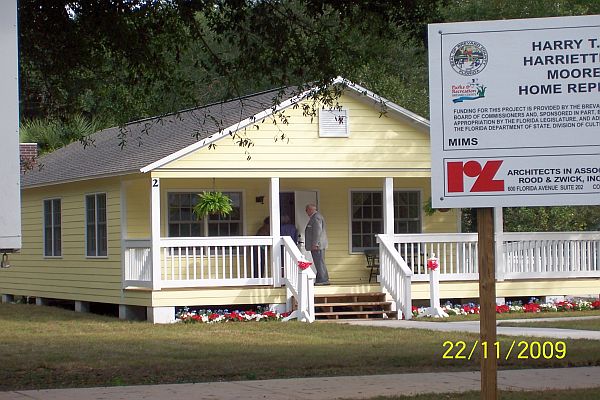 ♦Trend Magazine Online™ -- The Moores are often referred to as pioneers of the Civil Rights Movement. How does the Cultural Complex educate the public about their contributions and the broader civil rights struggle?
♦Trend Magazine Online™ -- The Moores are often referred to as pioneers of the Civil Rights Movement. How does the Cultural Complex educate the public about their contributions and the broader civil rights struggle?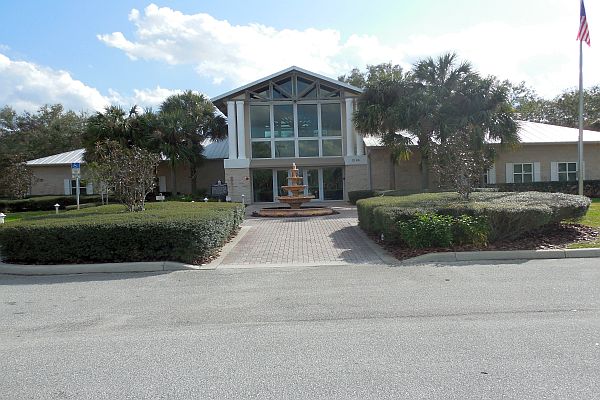 ♦Trend Magazine Online™ -- Securing over $1.5 million in funding is an incredible achievement. What challenges did you face during this process, and how were you able to overcome them?
♦Trend Magazine Online™ -- Securing over $1.5 million in funding is an incredible achievement. What challenges did you face during this process, and how were you able to overcome them?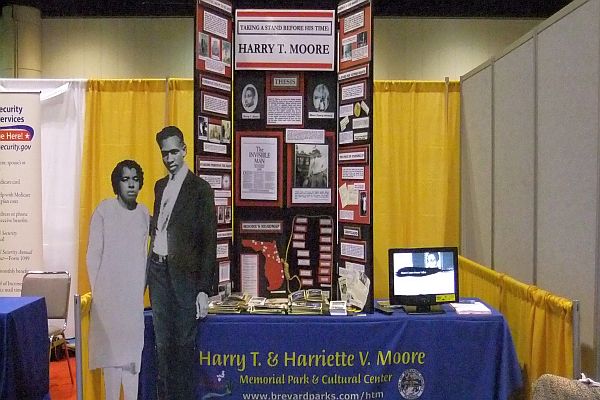 Mr. Gary -- Events like the Moore Freedom 5K Run/Healthy Living Festival and others serve as an outreach to community members who may not normally visit the Moore Park and Museum and is a way of engaging community members locally as well surrounding communities. This is a way of honoring the Moores on a much more humanistic level in that visitors can become familiar with the Moores from a very everyday down-to-earth perspective.
Mr. Gary -- Events like the Moore Freedom 5K Run/Healthy Living Festival and others serve as an outreach to community members who may not normally visit the Moore Park and Museum and is a way of engaging community members locally as well surrounding communities. This is a way of honoring the Moores on a much more humanistic level in that visitors can become familiar with the Moores from a very everyday down-to-earth perspective.
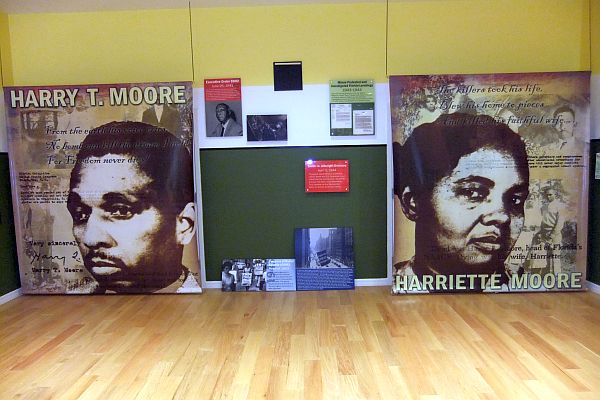
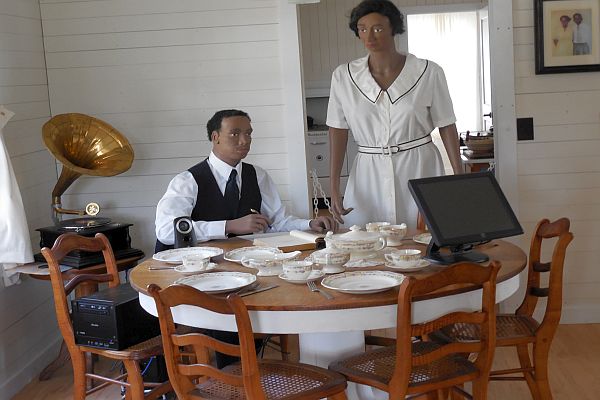 ♦Trend Magazine Online™ -- With your extensive background in community activism, how do you see the lessons of the Moores' activism being applied to today’s civil rights challenges?
♦Trend Magazine Online™ -- With your extensive background in community activism, how do you see the lessons of the Moores' activism being applied to today’s civil rights challenges?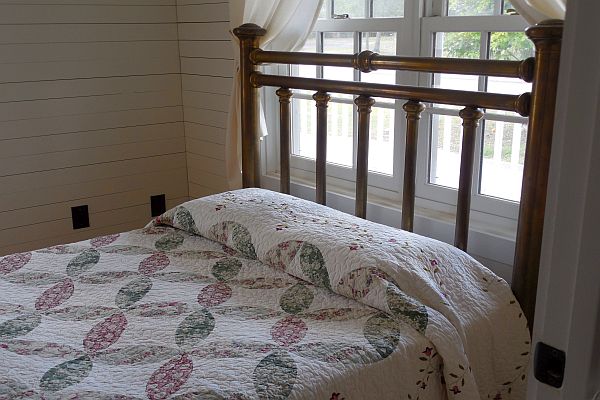 ♦Trend Magazine Online™ -- What role do schools and educators play in supporting the Cultural Complex's mission, and how can they further integrate the Moores' story into the curriculum?
♦Trend Magazine Online™ -- What role do schools and educators play in supporting the Cultural Complex's mission, and how can they further integrate the Moores' story into the curriculum?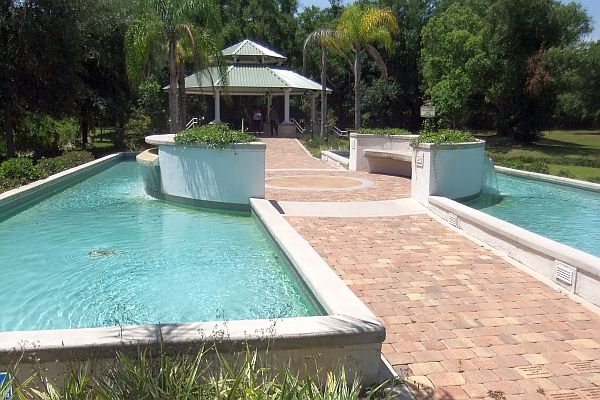 ♦Trend Magazine Online™ -- You’ve worked on projects like documentaries and stage plays. How do these creative endeavors amplify the impact of the Moores' story on a wider audience?
♦Trend Magazine Online™ -- You’ve worked on projects like documentaries and stage plays. How do these creative endeavors amplify the impact of the Moores' story on a wider audience?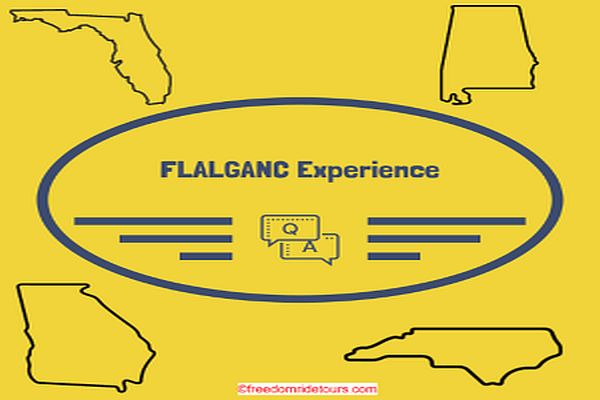 ♦Trend Magazine Online™ -- As a long-serving NAACP leader, how has your work with the organization influenced your approach to preserving the Moore legacy and advancing civil rights?
♦Trend Magazine Online™ -- As a long-serving NAACP leader, how has your work with the organization influenced your approach to preserving the Moore legacy and advancing civil rights?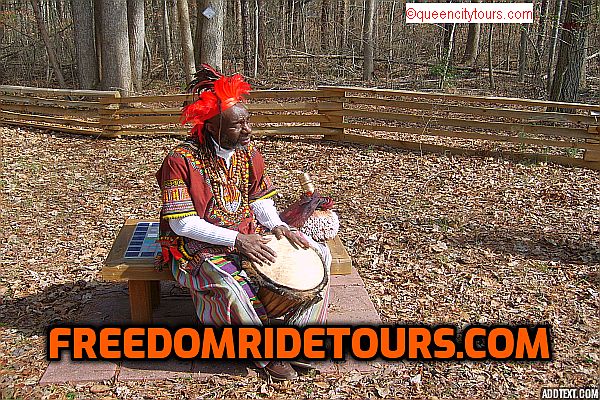 ♦Trend Magazine Online™ -- With a career spanning NASA and extensive community service, how has your professional journey shaped your passion for historical preservation and social justice?
♦Trend Magazine Online™ -- With a career spanning NASA and extensive community service, how has your professional journey shaped your passion for historical preservation and social justice?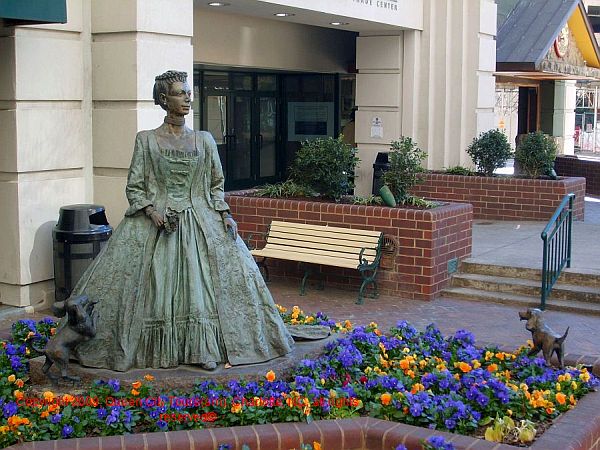
Home
About
Contact
^^^Back to Top
Join our email
list or Like Us on
Facebook! to be notified of updates!
Share This!: